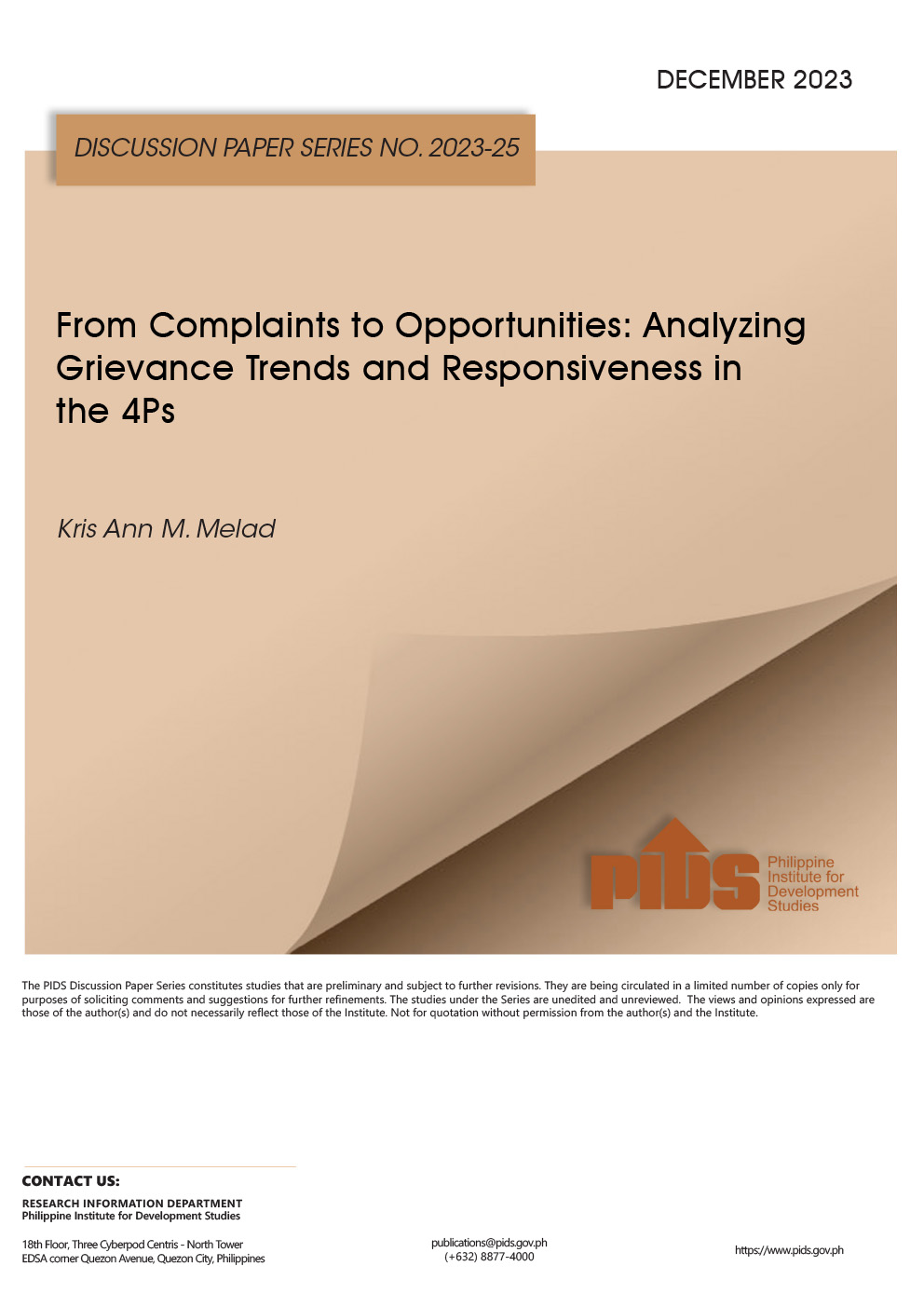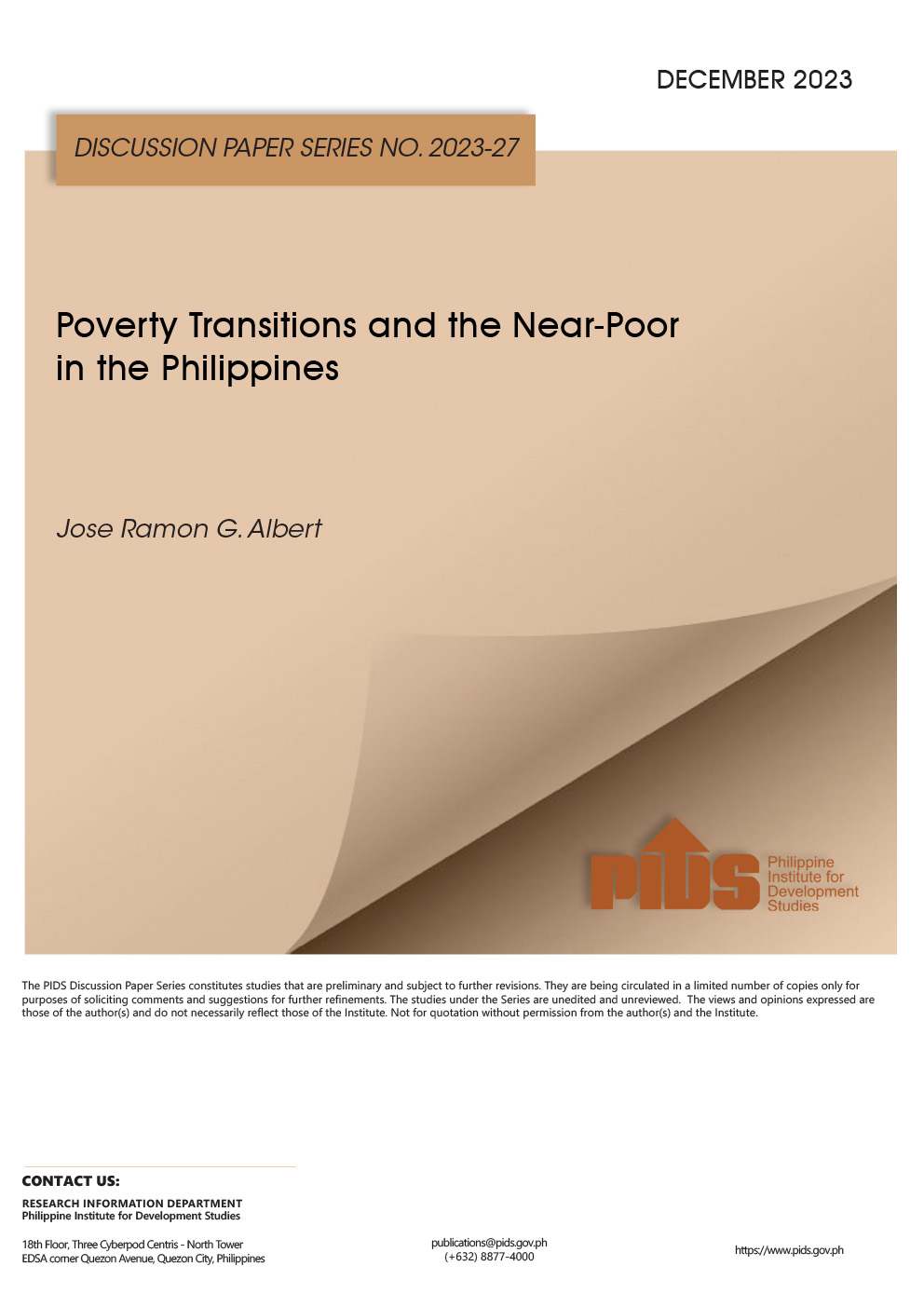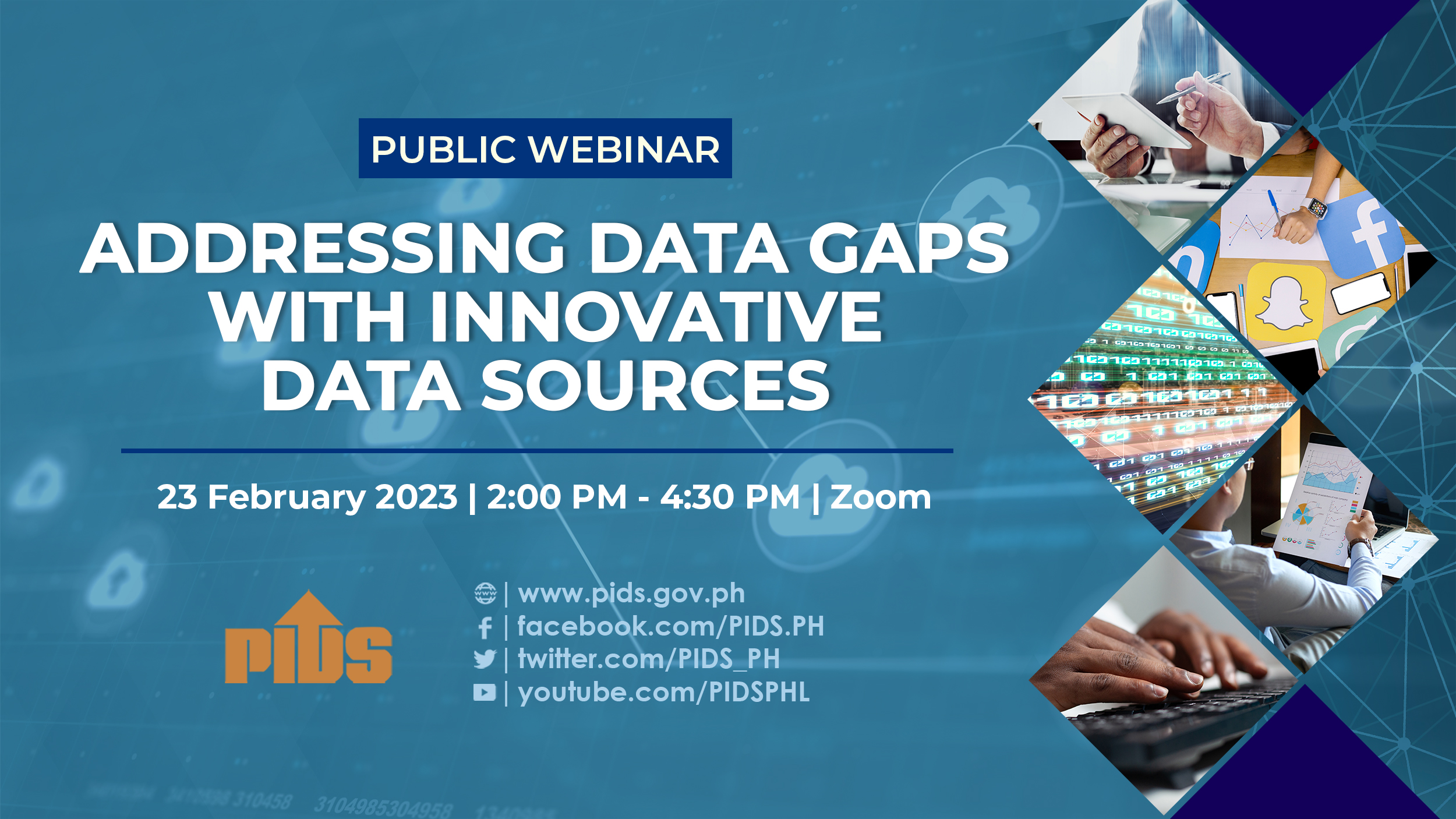STATE think tank Philippine Institute for Development Studies (PIDS) compiled a list of policies and programs that can boost present or future incomes in the country, making poverty reduction possible.
The discussion paper titled "Eradicating Poverty in the Philippines by 2030: An Elusive Goal?" and policy notes titled "Is eradicating poverty in the Philippines by 2030 doable?" both authored by Celia Reyes were published by PIDS on Tuesday, following the announcement earlier this month by the Philippine Statistics Authority that the number of impoverished Filipinos had climbed to 26.14 million in the first half of this year.
"Reducing poverty is more challenging now, more than ever, while the pandemic persists. It may take several years before the country can go back to the pre-pandemic growth path. But it is doable," she emphasized.
Reyes believes that raising mean incomes will necessitate long-term economic growth. Furthermore, redistributive measures are required to ensure that the disadvantaged have access to economic growth possibilities. This includes educational opportunities, which have been shown to be a key avenue out of poverty.
Reyes further said that addressing population management challenges requires equitable access to health care services.
"In addition, given how prone we are to natural and man-made shocks, agricultural insurance, health insurance and other risk management tools are necessary to help the vulnerable to fall into poverty or the poor into greater poverty, increasing transient poverty," she added.
Reyes also said that with enough data, distinct policies and programs can be devised to better serve the needs of the chronic and temporary poor, as opposed to treating them all the same.
To address the different needs of the poor, well-designed and well-targeted interventions are also required.
Longer-term measures, such as the conditional cash transfer program (4Ps), are also required to move individuals out of poverty, according to Reyes.
"Safety nets or short-term interventions are needed to assist those affected by shocks to avoid falling into poverty, or help those who have fallen into poverty to recover more quickly," she explained.
The absence of data to identify qualified recipients, Reyes stressed, is a common problem for well-targeted programs. Different government organizations collect data as part of their administrative functions, but many of them are not used to develop targeting initiatives.
She said that making these many databases interoperable with the PhilSys ID will allow them to be used to their full potential.
She said making these different databases interoperable using the PhilSys ID will allow maximum use of these numerous administrative databases.
"While the above-mentioned policies and programs can increase present or future incomes, it is also important that the increases in income are greater than the increase in prices to effect increase in real incomes," Reyes underscored.
She added that, in addition to the aforementioned points, the following recommendations are suggested for eradicating poverty in the country in the medium to long term: Promote economic growth, particularly in agriculture; increase opportunities in education for the poor and marginalized sectors; increase the poor's access to reproductive health services; expand risk management tools for the agricultural sector through the agricultural insurance program; expand risk management tools to cope with catastrophic illnesses through Philippine Health Insurance Corp.
Reyes' suggestions also include: generate data on chronic and transient poverty; improve design, targeting and implementation of social protection programs; ensure interoperability of different databases using the Philsys ID and promote the use of digital platforms for social service delivery; promote price stability through increased competition; and improve disaster preparedness.











